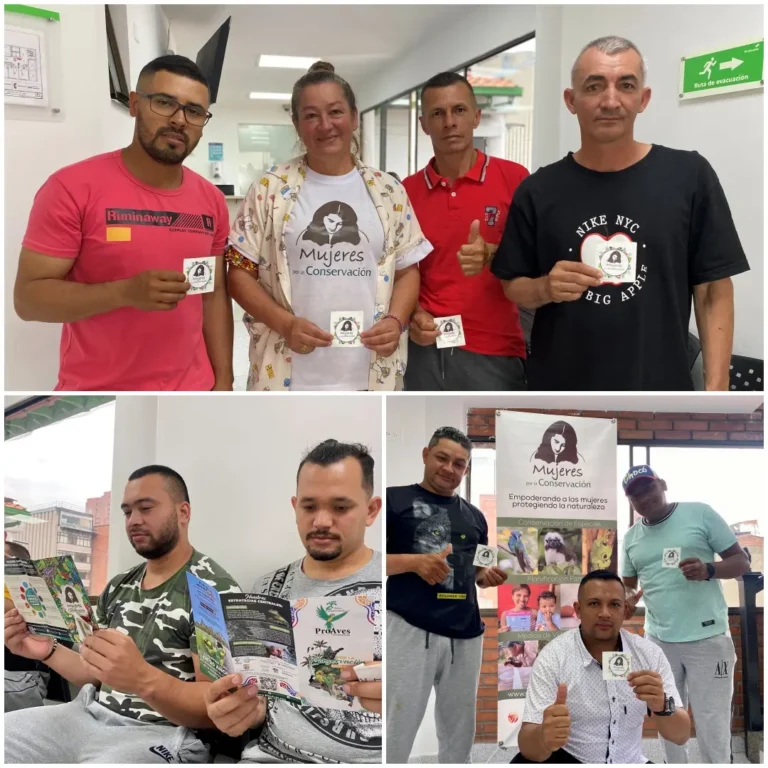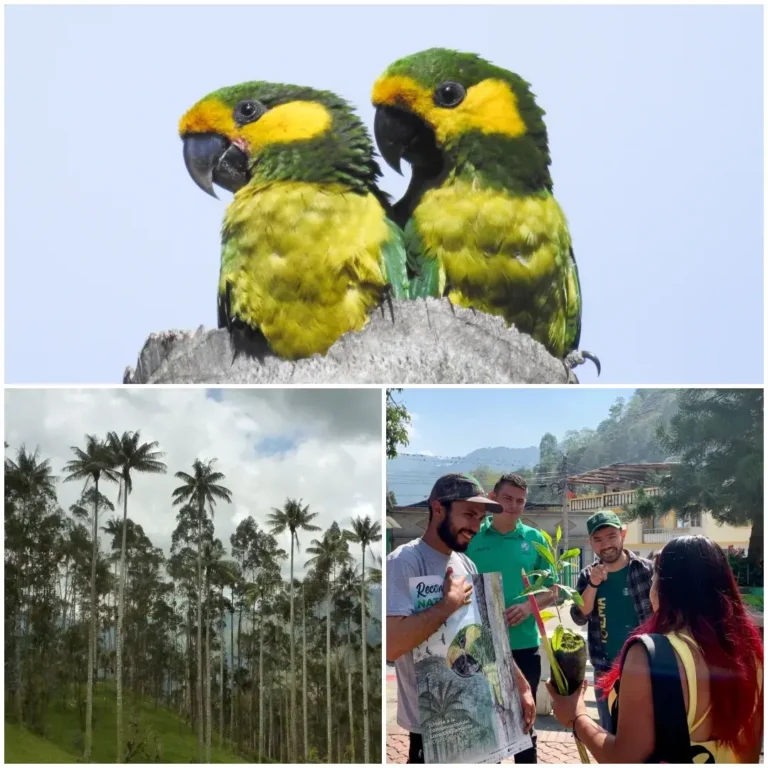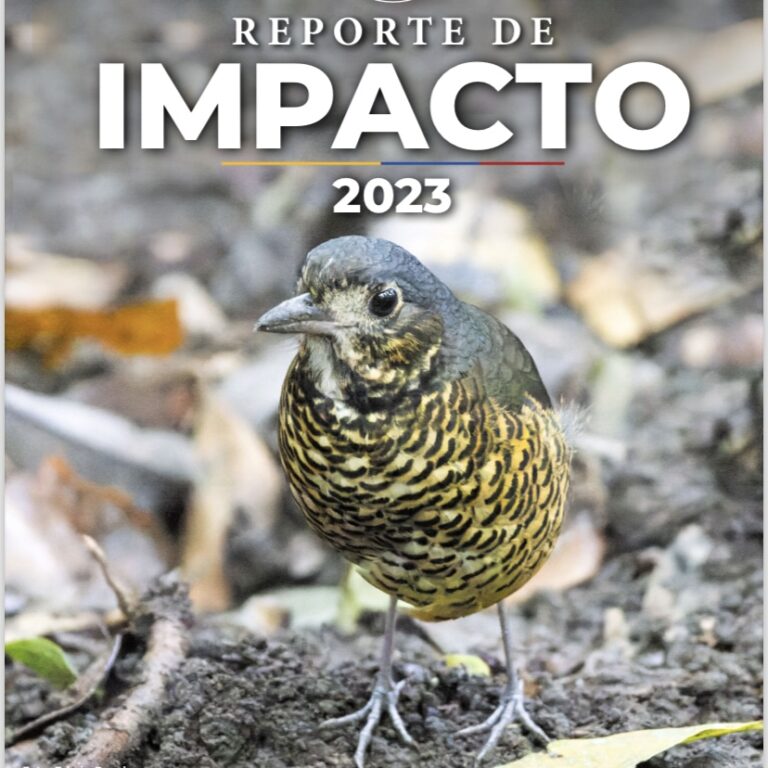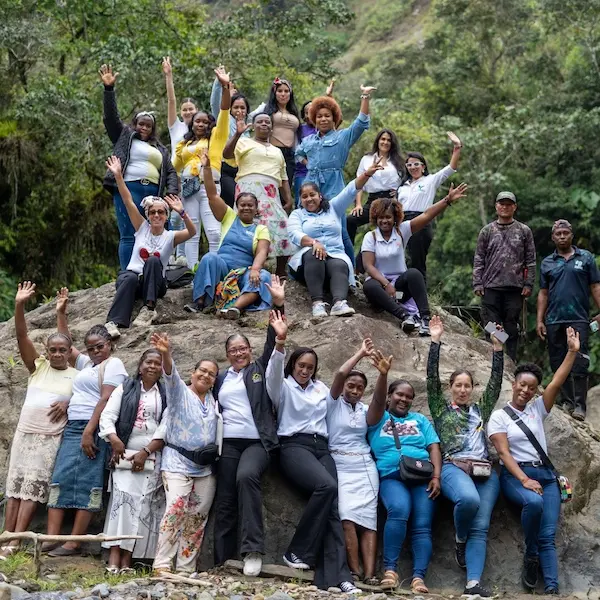Fundación ProAves – por la conservación en el país de las aves
Oreothraupis arremonops
Gorrión de Andivia
ProAves Reserve
Gorrión de Andivia
ProAves Resever
Date created: 2012
Temperature: Between 42 and 69 °F
Ecosystem: Andean and high Andean forest
Weather: Fog and rainfall predominate throughout the year
Altitudinal range: Between 2.500 – 3.000 AMSL
Key species: Tanager Finch (Oreothraupis arremonops) and Munchique Wood-wren (Henicorhina negreti)
Key species
Tanager Finch (Oreothraupis arremonops) and Munchique Wood-wren (Henicorhina negreti) species threatened with extinction, considered Vulnerable (VU) and critically endangered (CR).
Location
The Reserve is located in the municipality of Carmen de Atrato, Chocó, Western Cordillera of the Andes, on the border with the municipality of Urrao, Antioquia, in the upper part of the EME. This site is of great importance because it constitutes the headwaters of the Atrato River (the most important river in Chocó). It has a main access road. (See map).
Ecosystem
The natural forests of the Agua de la Virgen area are sub-Andean forests described as hygrophytic or subhygrophytic and equivalent to the montane and submontane ombrophilic tropical forest of the UNESCO classification (1973) and the humid, very humid and pluvial forests of the premontane and low montane from Holdridge (1967). They correspond to premontane, primary and secondary cloud forests, where the frequency of the fogs tends to raise the ambient humidity and decrease evapotranspiration.
The Reserve is made up of conserved secondary forests in an advanced state of growth, with a canopy that reaches 15 m in height and some trees reaching up to 20 meters, as is the case of Barbatuscos (Erythrina sp.), Guamos (Inga sp. .) and Sloanea sp. In general, the forests are dominated by a bamboo called locally “reed” (Rhipidocladum racemiflorum), which is the preferred feeding site for the Recurve-billed Bushbird. The most characteristic families observed in the understory are Bromeliaceae and Rubiaceae.




